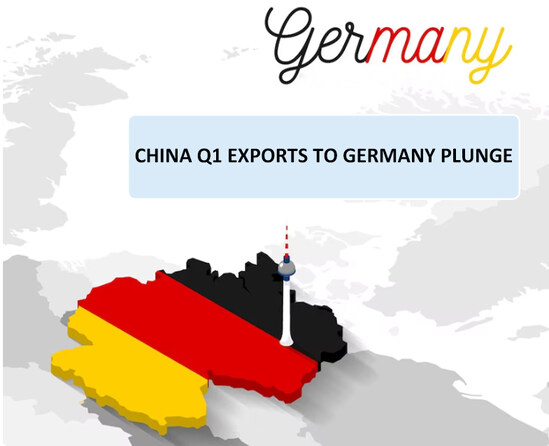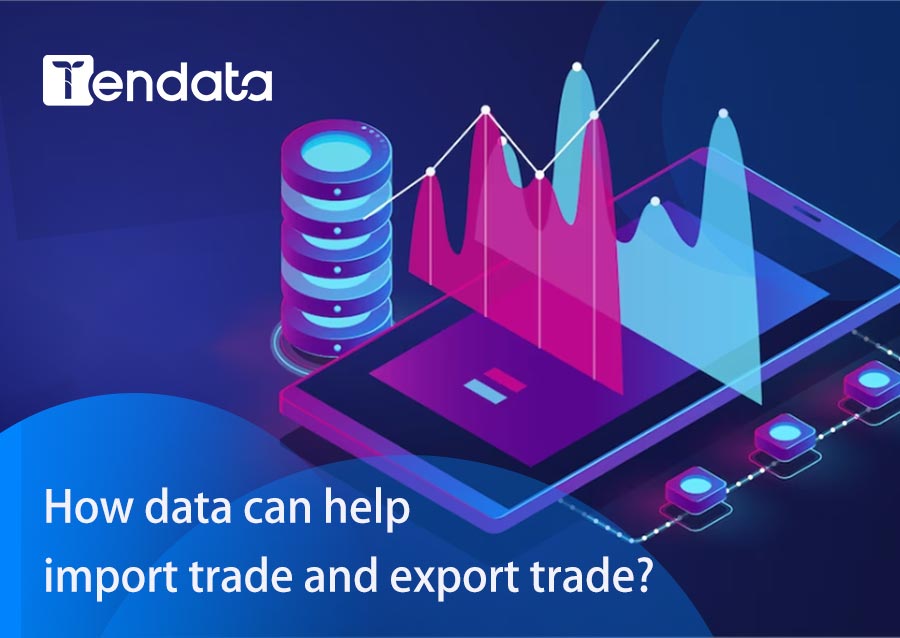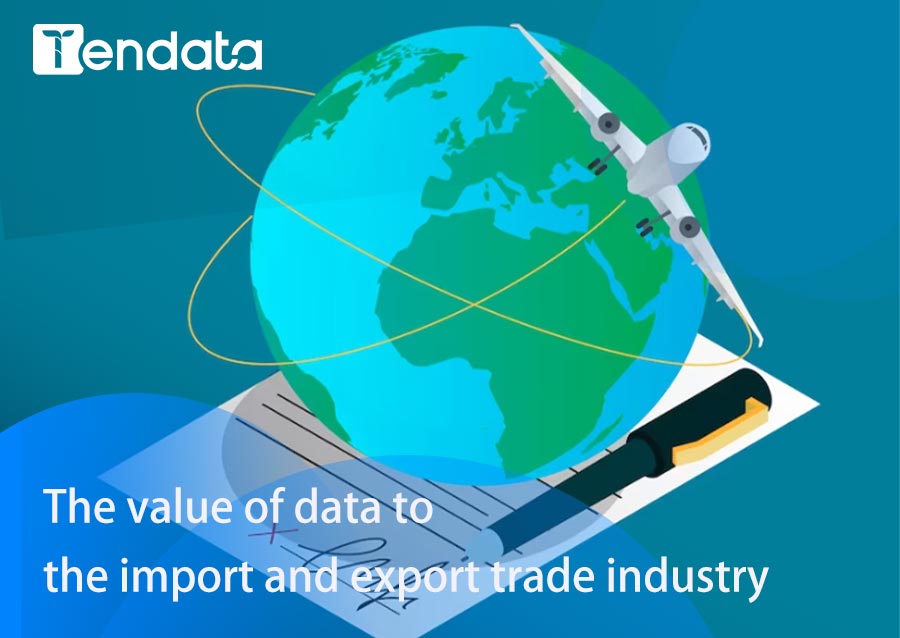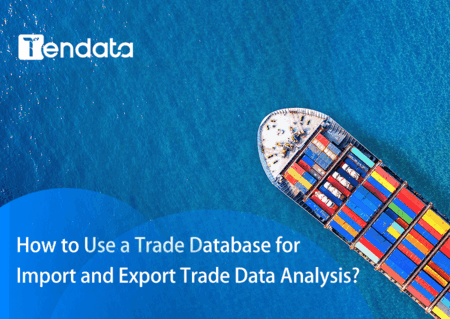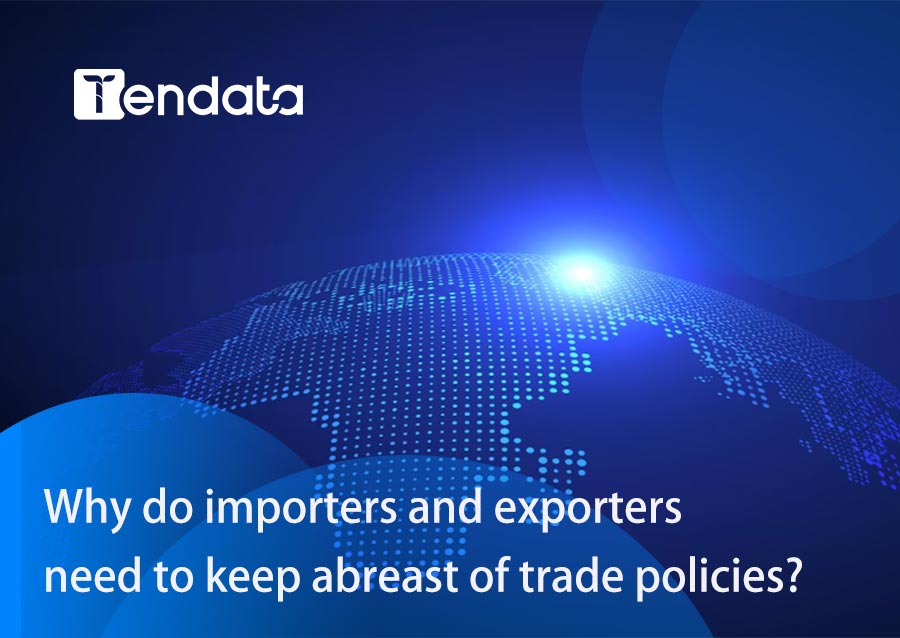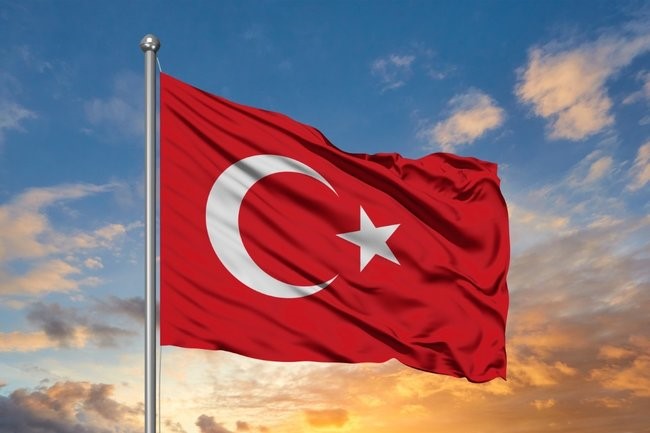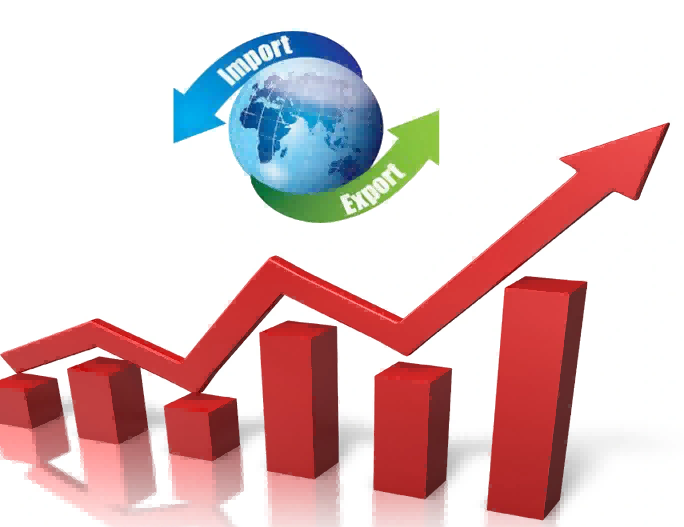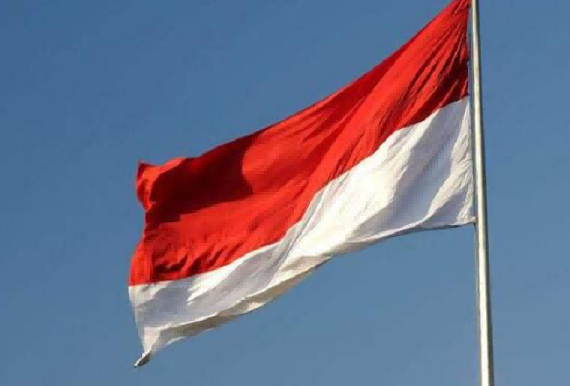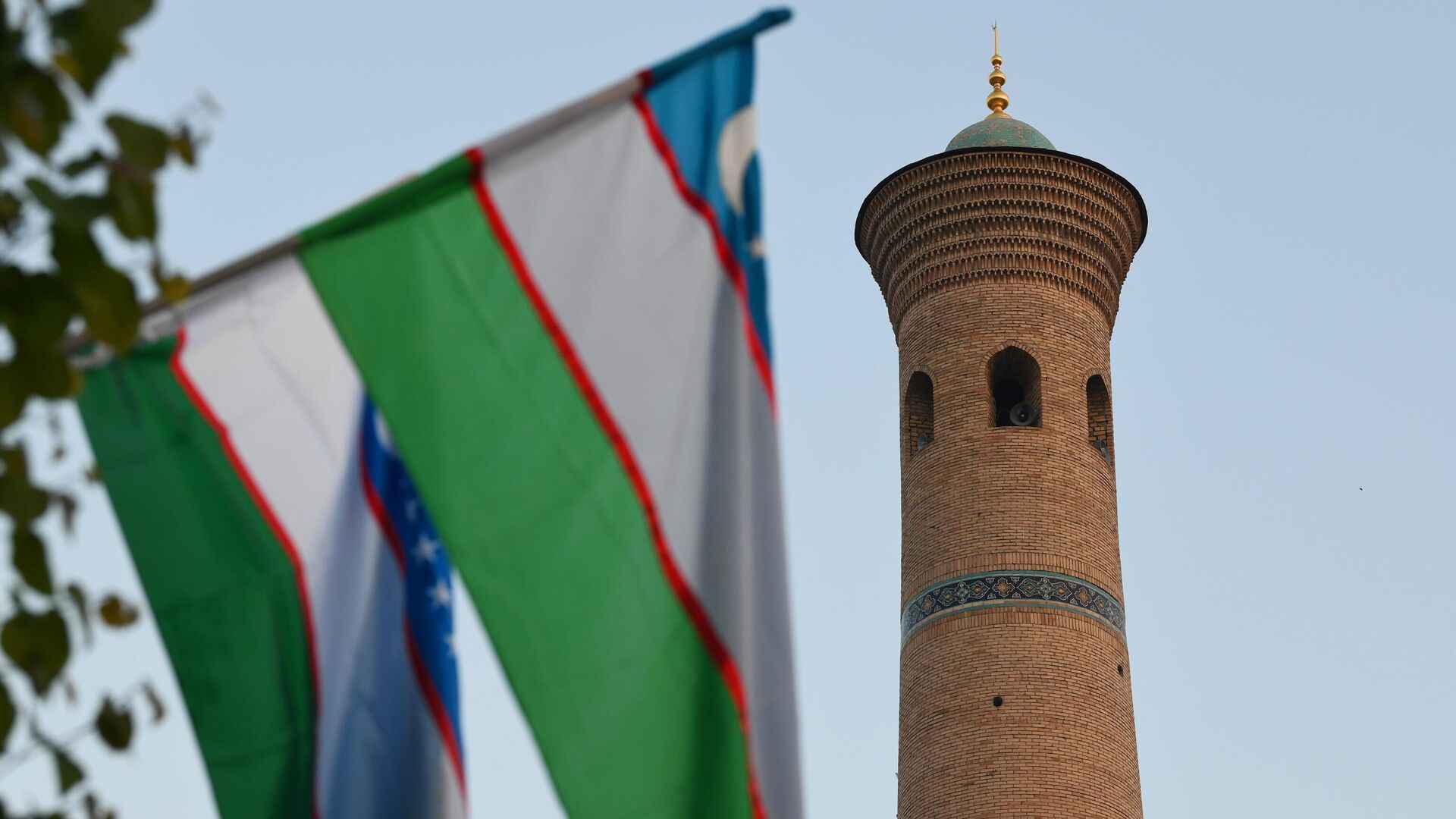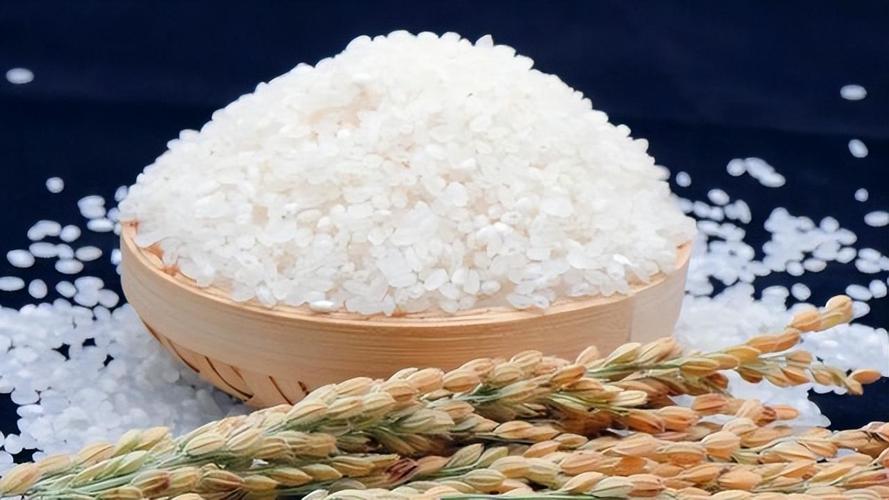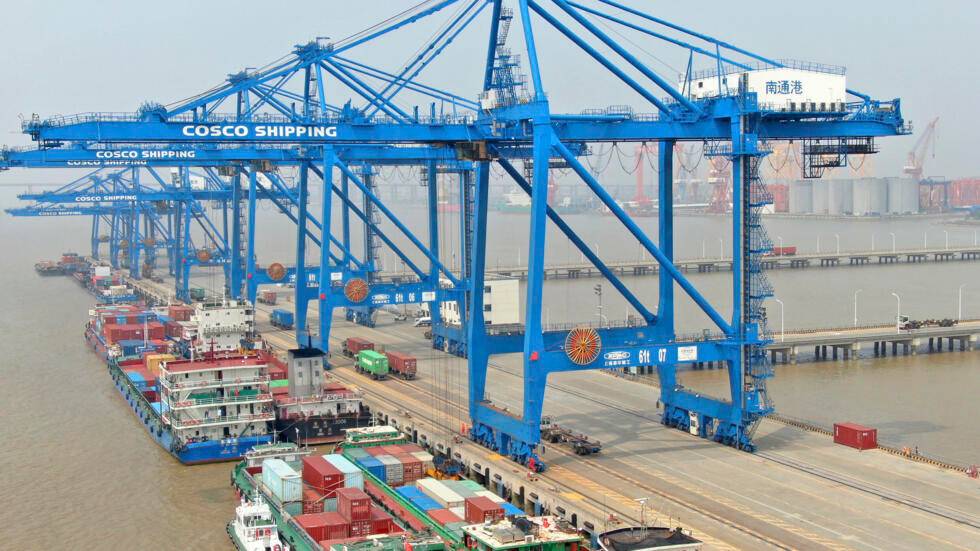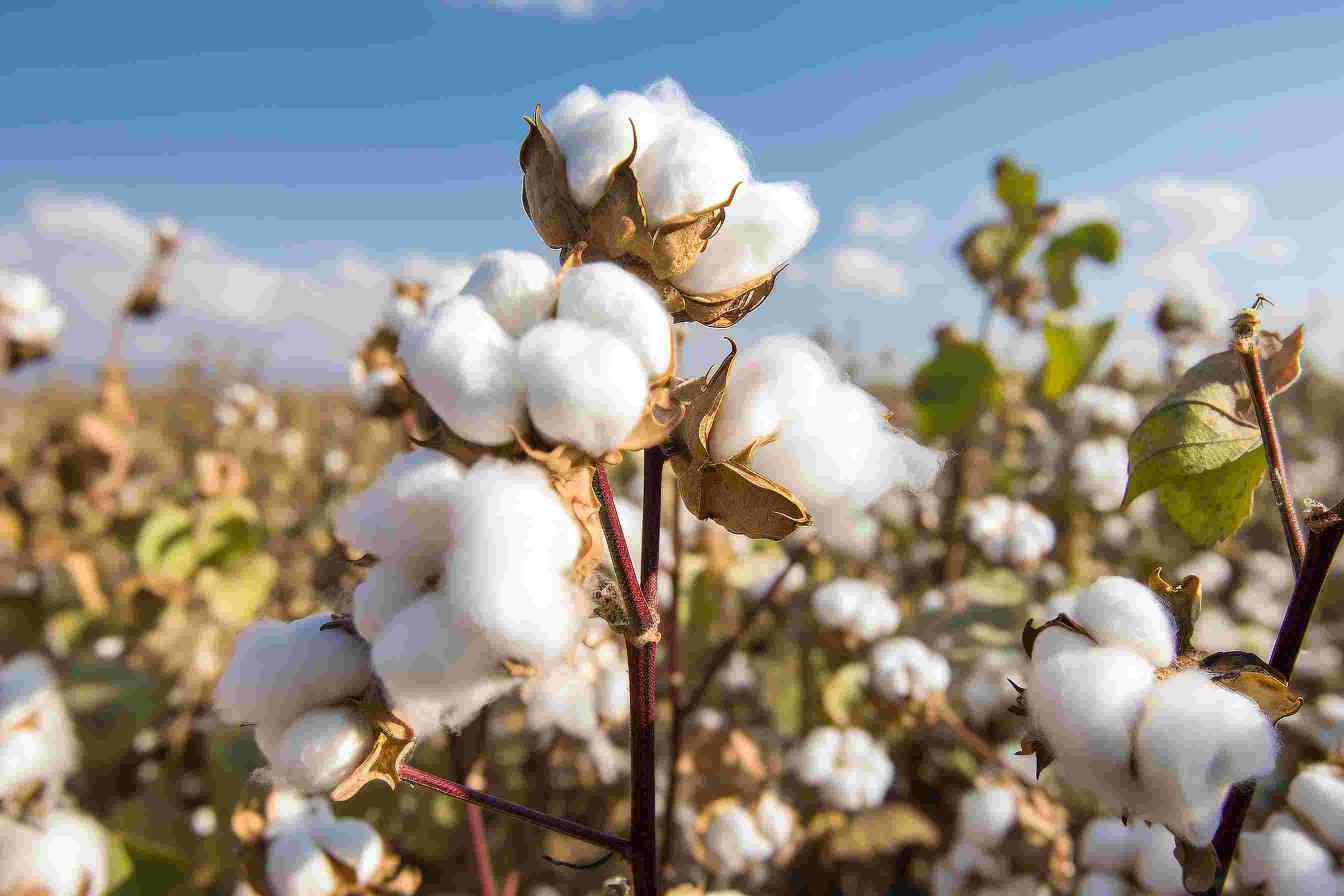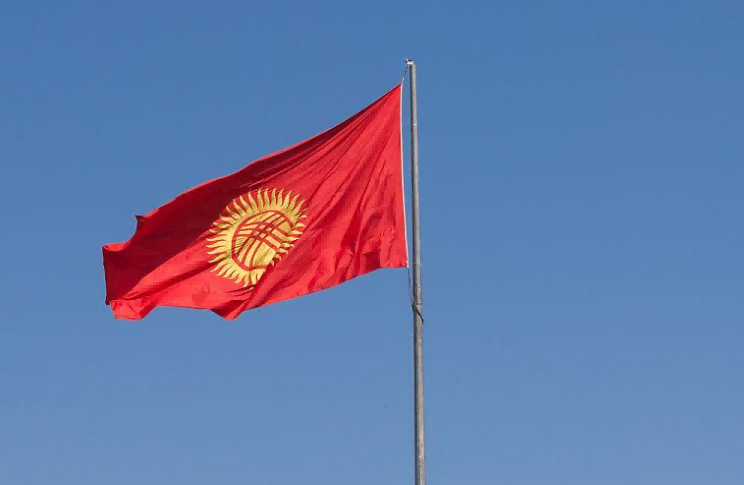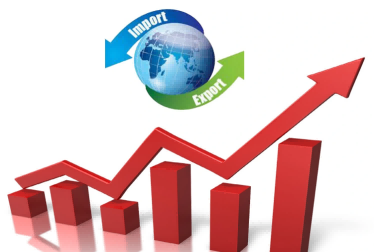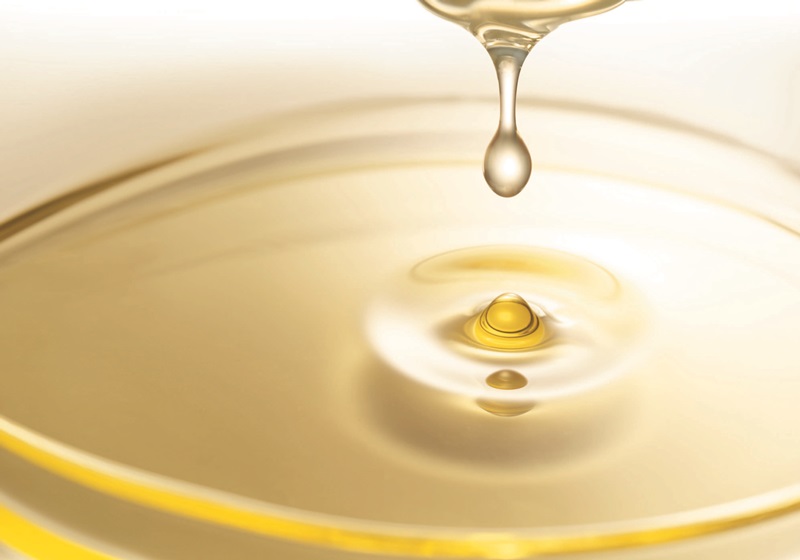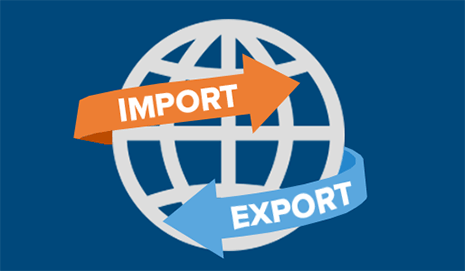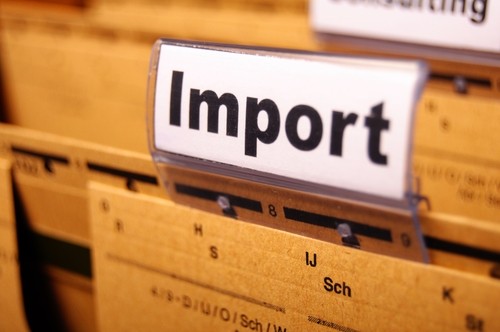 Trade Trends News
Trade Trends News
 01-04-2025
01-04-2025
· Gold Prices Surpass $3,000 per Ounce, Rising Over 15% This Year
· India's gold demand may drop over 30% by 2025, says IBJA
· Declining jewelry demand in the Middle East and China

As gold prices reach record highs, jewelers across Asia and the Middle East are struggling to maintain the appeal of their display cases, as customers rush to cash in old jewelry and gold coins.
Retailers and industry experts warn that if this selling trend continues, it could lead to a drop in gold imports in key markets, potentially slowing the metal's upward momentum.
On March 14, spot gold breached $3,000 per ounce for the first time, continuing its climb last week. Fueled by political and financial uncertainty, gold prices have surged over 15% this year alone.
This follows an almost 30% increase in 2024, an astonishing rally that has boosted business for scrap gold buyers in India's largest gold and silver market, Zaveri Bazaar.
Investors Take Profits
Indian textile trader Unmesh Patel revealed that after the government reduced import duties on gold coins, he sold one of four 10-gram gold coins he had bought less than seven months ago, securing a 25% profit.
"I decided to sell rather than wait for prices to rise further," he explained.
Since India cut import duties in July, domestic gold prices have surged over 32%, reaching an all-time high of ₹89,796 per 10 grams.
According to Prithviraj Kothari, president of the India Bullion and Jewellers Association (IBJA), if gold prices remain at these elevated levels throughout the year, India's overall gold demand could decline by more than 30% by 2025.
"Buyers are struggling to keep up with the price surge, and their budgets haven't increased," Kothari noted.
A Weak Wedding Season
Despite India's peak wedding season, jewelers report that foot traffic is less than half of normal levels.
Even customers who do buy jewelry—such as bride-to-be Vaishnavi M.—are opting to exchange old gold for new pieces to cut costs.
"Prices are too high and would completely disrupt my wedding budget… My plan is to trade in some of my mother's old jewelry," said Vaishnavi from Kerala, South India.
In 2023, India's recycled gold supply totaled 114.3 tons, and the World Gold Council predicts this number will increase by 2025.
India fulfills most of its gold demand through imports, while China—the world's largest gold consumer—relies on imports for two-thirds of its supply.
A Dubai-based gold dealer reported similar declining jewelry demand in the Middle East.
"Many Indian tourists usually shop in Dubai to avoid import taxes, but even they are hesitant now," he said.
Middle East and China See Shifts in Consumer Behavior
Andrew Naylor, head of the Middle East and Public Policy at the World Gold Council, noted that 60% of the UAE's gold demand comes from jewelry purchases. When prices soar, consumers shift to lighter-weight products.
"Our data shows that while the volume of jewelry purchases declined last year, their total value actually increased," he explained.
In China, sluggish retail gold demand has persisted into 2024. Peter Fung, head of trading at Wing Fung Precious Metals, observed that people who want to hold physical gold are turning to coins and bars instead, as jewelers charge extra for craftsmanship.
Across other key Asian markets, demand for gold jewelry continues to weaken, with more sellers than buyers.
Consumers are opting for cheaper alternatives, selling existing gold, or using it as collateral for loans rather than purchasing new pieces.
Brian Lan, managing director at GoldSilver Central in Singapore, highlighted a recent shift:
"We've seen nearly five new stores selling gold-plated silverware open in Chinatown recently."
"Customers are going home, looking for broken or unused jewelry, and bringing it back to sell," Lan added.
Outlook: Investment Demand Strong, Jewelry Demand Uncertain
These trends highlight the delicate balance between gold's role as a cultural commodity and its financial asset value.
Looking ahead, analysts predict that while investment demand for gold bars is likely to remain strong, jewelry demand will face continued headwinds.
Tendata provides more than 10 billion trade data, covering 228 countries and regions, accumulating more than 10 billion trade transaction details, and a trade database of more than 230 sub-industries.
Searching product keywords or HS codes in Tendata iTrader will allow you to view tens of thousands of active potential customers in the past year, as well as customers' purchase records, including purchase amount, quantity, time, frequency, and their suppliers/buyers. These companies in the Customers List are all customers with needs, and can be used for foreign trade customer development.
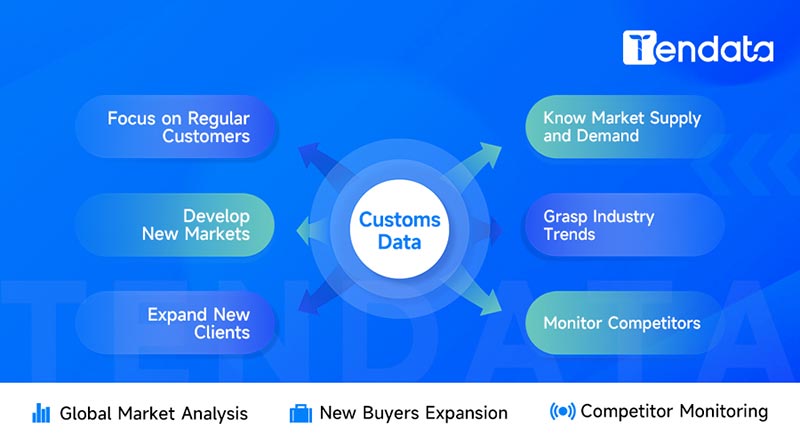
Category
Leave Message for Demo Request or Questions


 T-info
T-info T-discovery
T-discovery

 My
Tendata
My
Tendata Market Analysis
Market Analysis Customer
Development
Customer
Development Competitor
Monitoring
Competitor
Monitoring Customer Relationship
Customer Relationship



